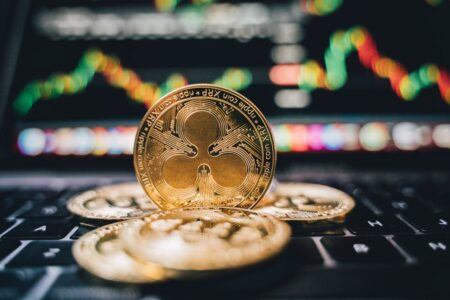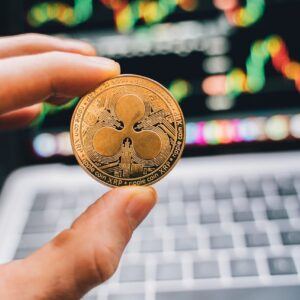Bitwise CIO Matt Hougan recently shared his thoughts on Bitcoin’s latest surge, reflecting on its future trajectory. According to Hougan, while Bitcoin has seen impressive gains, it’s still early days for the asset until it reaches a value of $500,000 per coin. As of 12 November, Bitcoin is trading near $88,000, having doubled in value year-to-date and surged over 25% since the 5 November U.S. presidential election.
Despite the rapid rally, Hougan sees $100,000 as an imminent milestone. Yet, he emphasizes that Bitcoin’s maturity is far from being achieved. For those who missed out on this recent run-up, he maintains that they haven’t missed the boat. According to him, anyone investing in Bitcoin today is still early to the game until the digital asset crosses the $500,000 mark.
In his blog post, Hougan acknowledges that Bitcoin’s volatility and uncertain outlook make predicting its future price a challenge. However, he believes that $500,000 is the threshold at which Bitcoin will truly reach maturity. The reasoning behind this figure is straightforward: at that point, Bitcoin would be positioned on par with gold as a recognized store-of-value asset.
Investing in Bitcoin, Hougan explains, is essentially two bets in one. The first is a wager that demand for store-of-value assets like Bitcoin and gold will grow, particularly as governments continue to accumulate debt and debase fiat currencies. The second bet is that Bitcoin itself will increasingly be recognized as a legitimate store of value, eventually rivaling gold in that role.
Hougan argues that, while gold has already secured its position as a staple in institutional portfolios and central bank reserves, Bitcoin remains in its developmental phase. He notes that institutional interest in Bitcoin is steadily growing, though it is still sporadic, with pensions and endowments only recently exploring crypto investments. Moreover, Hougan points out that regulatory caution persists, such as warnings from U.S. authorities like the Department of Labor against including Bitcoin in retirement plans.
According to Hougan, Bitcoin’s evolution is ongoing, demonstrated by the success of exchange-traded products (ETPs) and increased political support for crypto. However, he believes that until Bitcoin achieves the same level of acceptance as gold—widely held by central banks and institutions alike—it should still be viewed as an “early” investment.
Hougan’s $500,000 benchmark is rooted in comparing Bitcoin’s potential market size to that of gold. Currently, gold’s market cap stands around $18 trillion, while Bitcoin’s is closer to $2 trillion. Together, this store-of-value market amounts to about $20 trillion. For Bitcoin to reach maturity, Hougan projects it must capture at least half of this market, implying a price of $500,000 per coin, given the current supply of roughly 20 million Bitcoin. Until that point, he insists, Bitcoin will remain an early-stage investment.
Hougan believes that reaching the $500,000 mark for Bitcoin will require a shift in institutional acceptance comparable to gold. He emphasizes that a crucial part of this process will involve central banks increasing their Bitcoin holdings, noting that while these institutions currently hold about 20% of the world’s gold reserves, they possess less than 2% of Bitcoin. Hougan says that a significant shift would be needed for central banks to expand their Bitcoin reserves, pointing to Senator Cynthia Lummis’s proposal to establish a national Bitcoin reserve in the U.S. as an example of progress in that direction.
Looking ahead, Hougan remains optimistic that, once these changes take hold, Bitcoin will reach $500,000. However, he argues that this milestone might merely be the beginning. According to Hougan, the overall market for stores of value is likely to expand as governments continue to accumulate debt and increase the money supply. He sees this as a key driver for Bitcoin’s future price growth, suggesting it could eventually exceed $1 million or even higher.
While Hougan remains bullish on Bitcoin’s potential, he advises that investors carefully consider the significant risks associated with crypto assets, which remain volatile, unregulated, and subject to market forces beyond the protections typically found in traditional finance.
Featured Image via Pixabay








